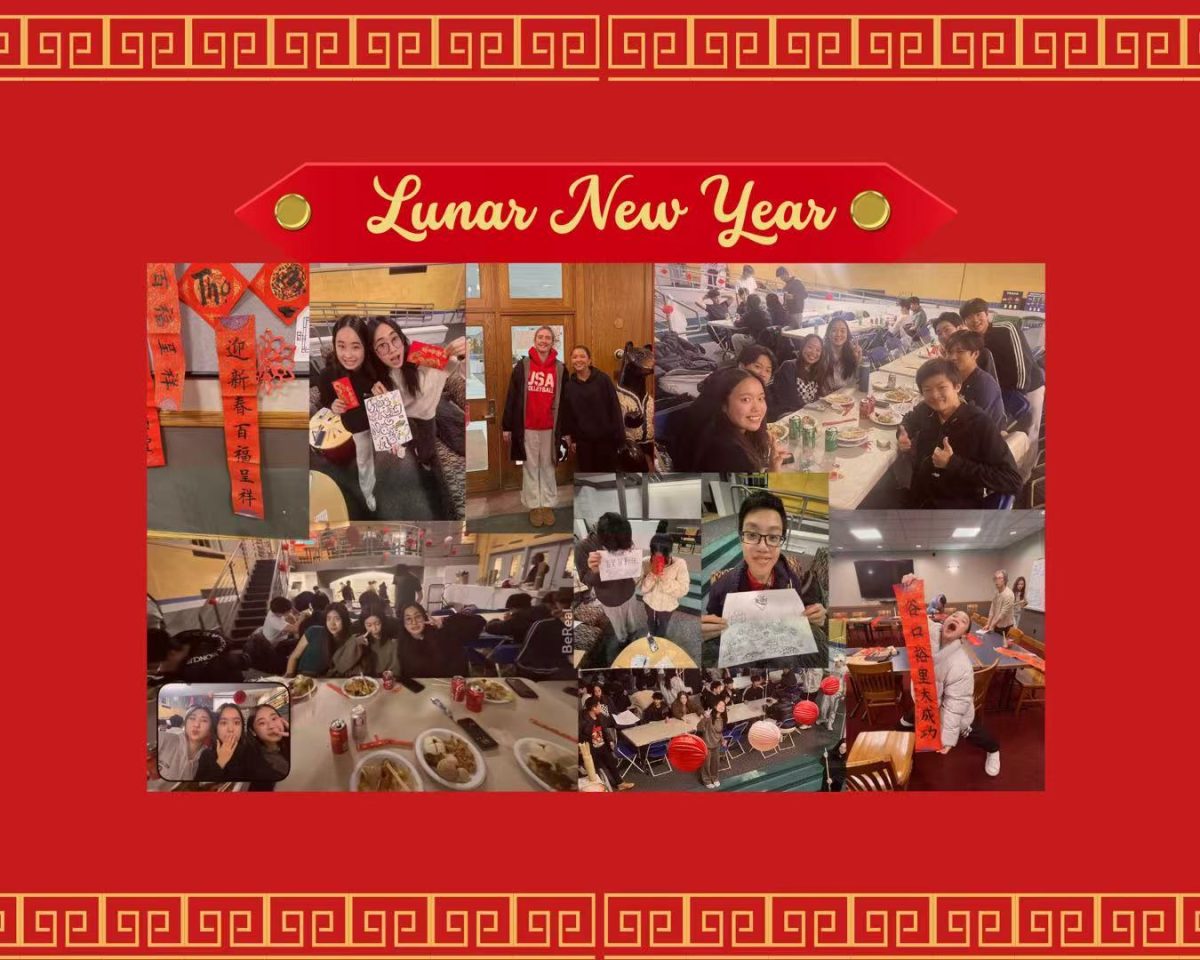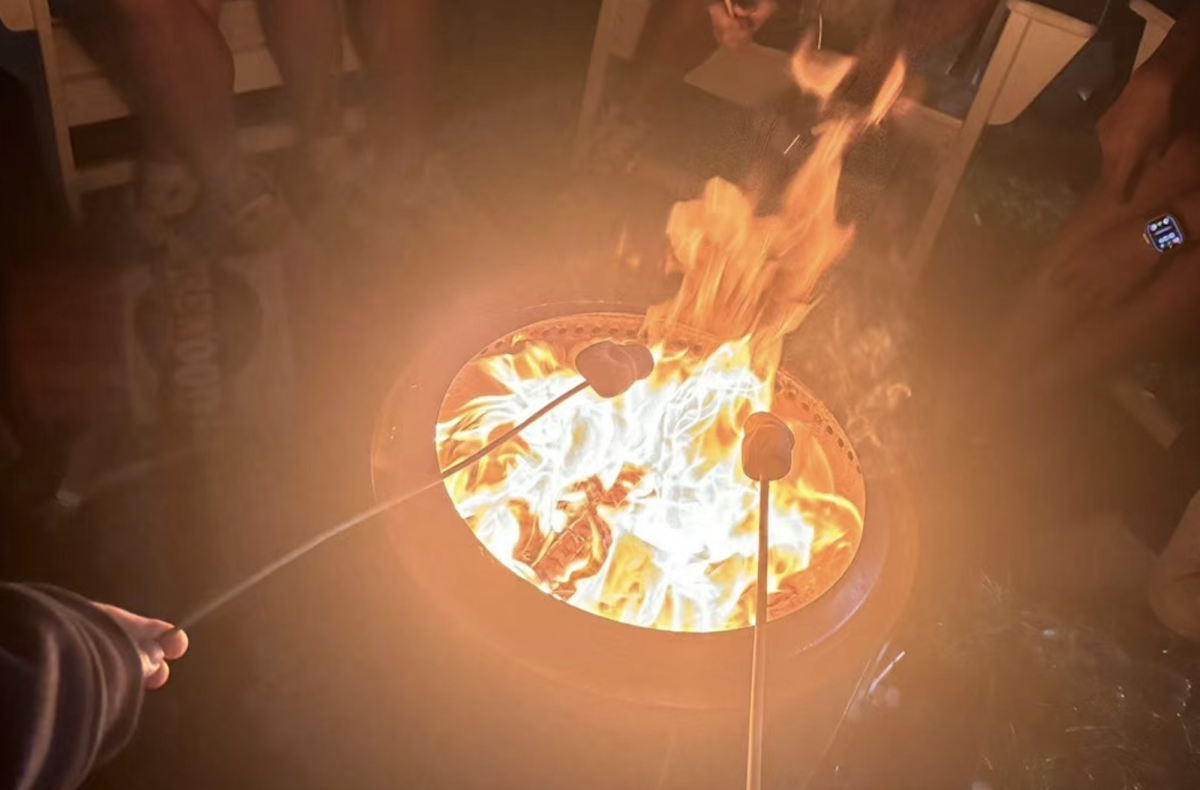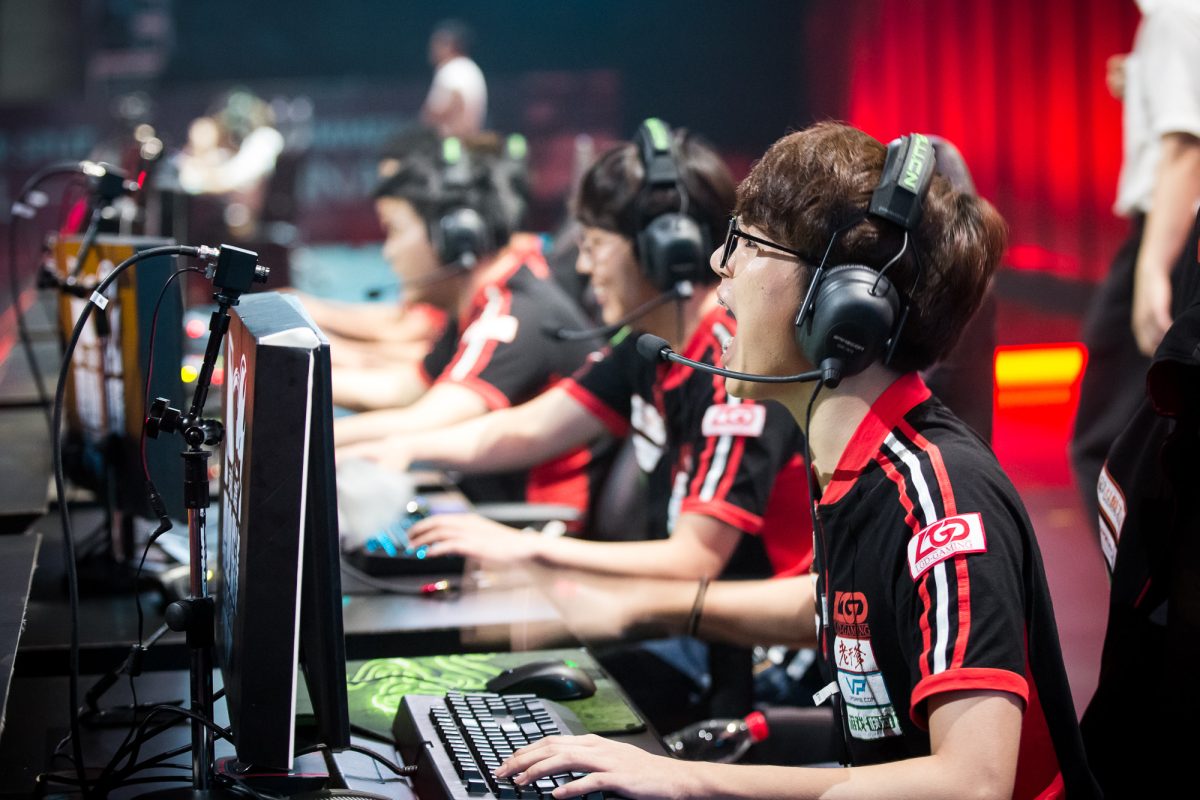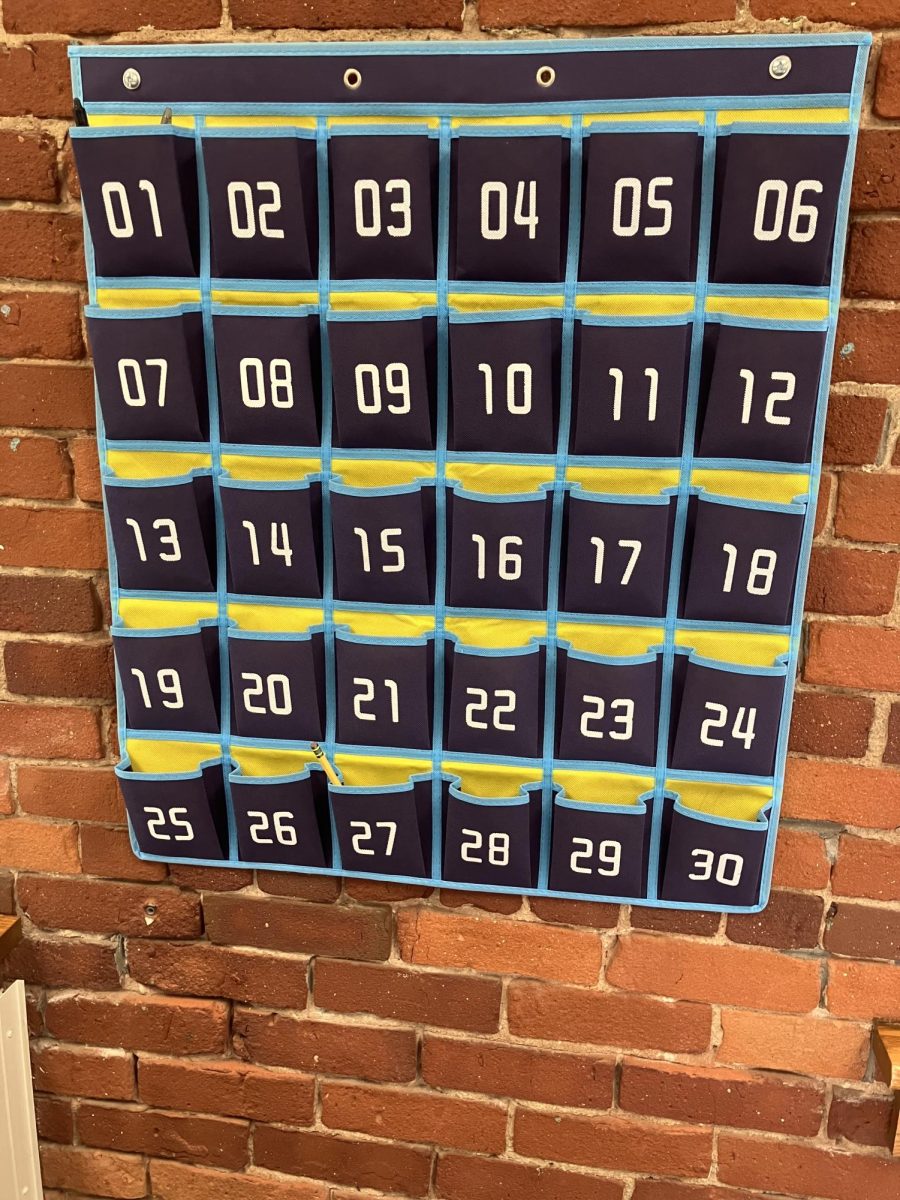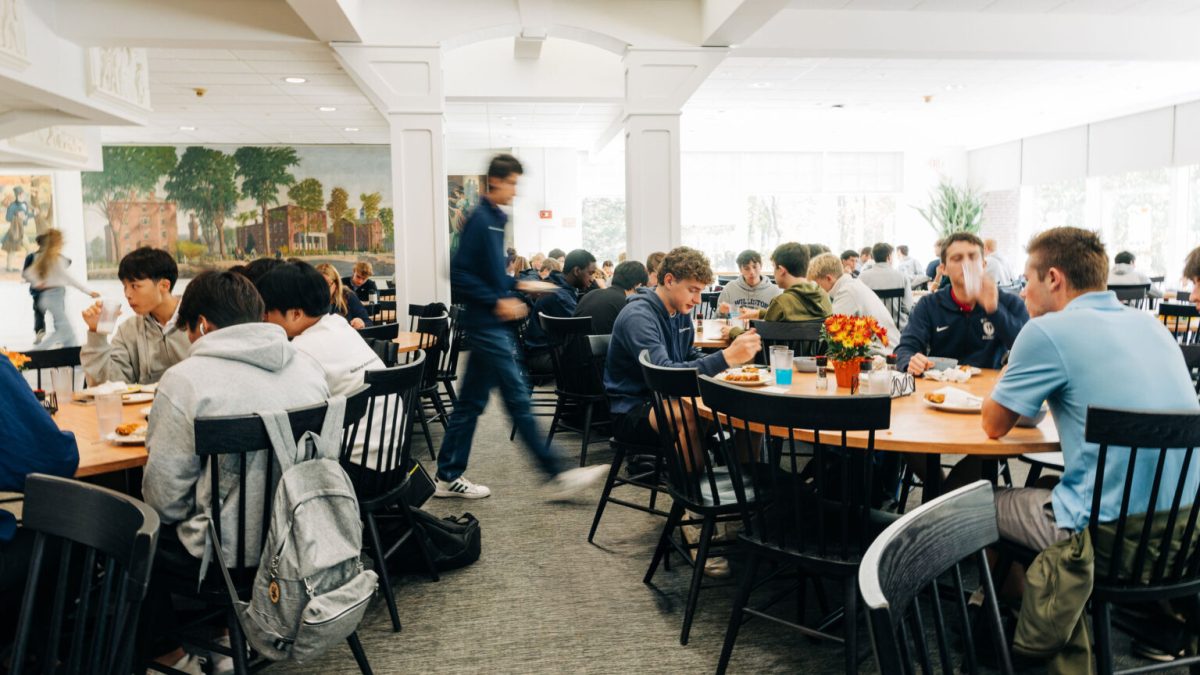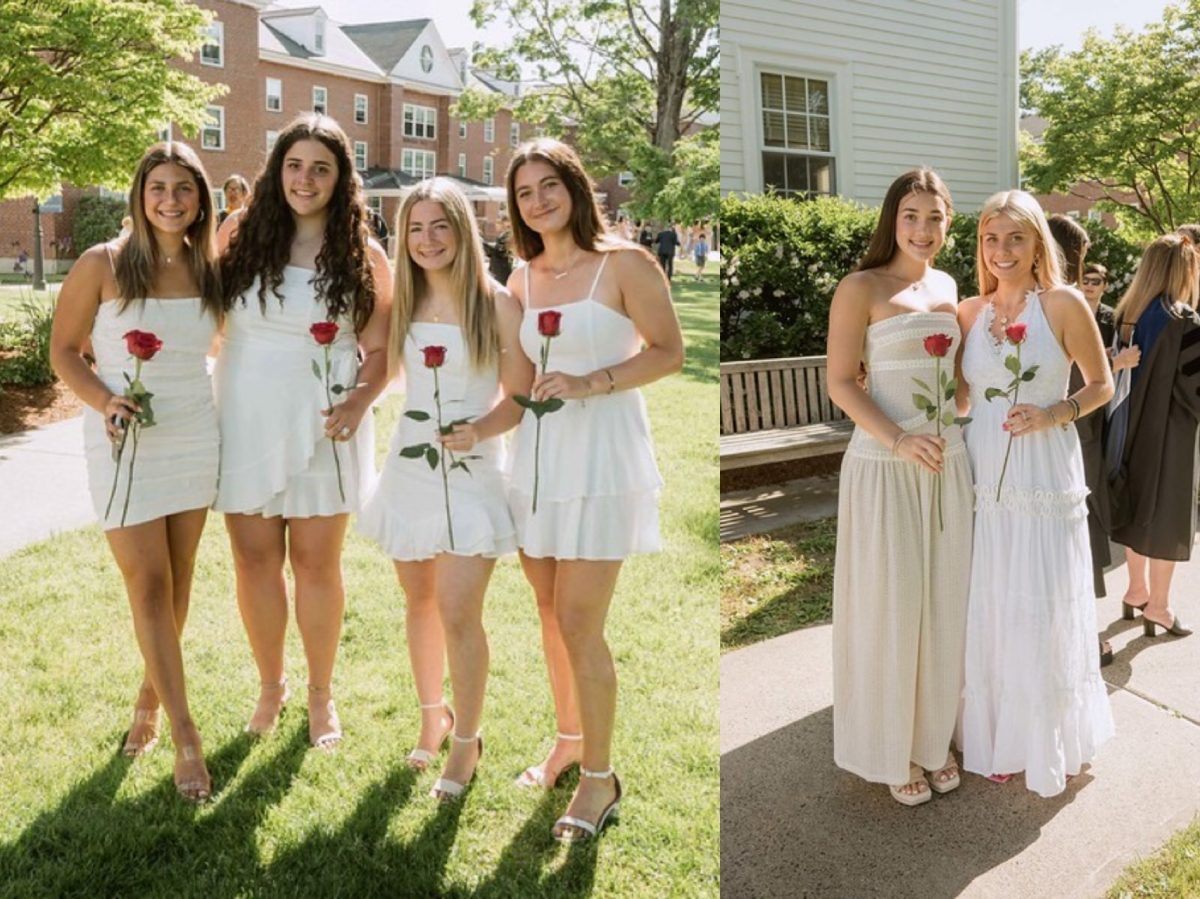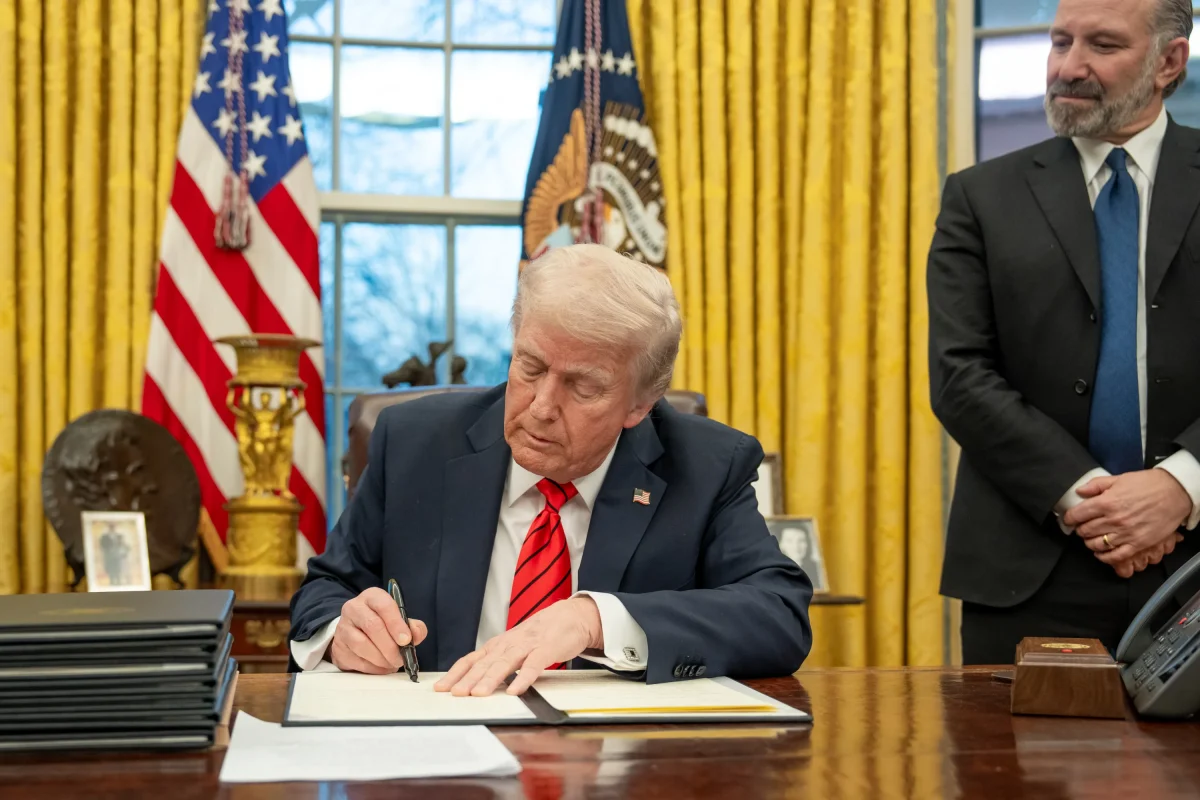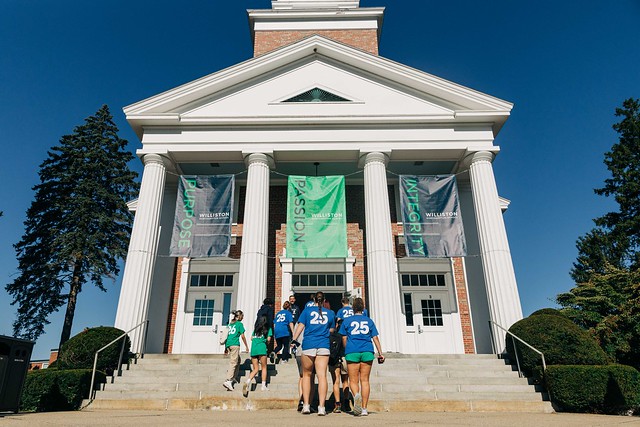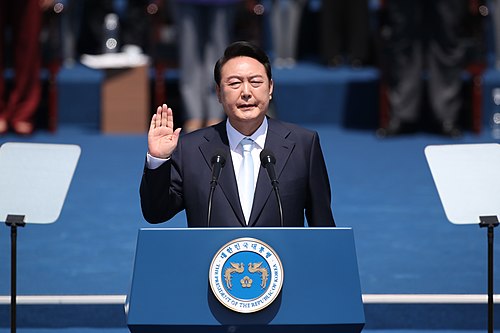Lunar New Year at Williston Northampton School is a vibrant celebration that brings the community together to honor a tradition observed across East and Southeast Asia.
Rooted in ancient Chinese customs, the holiday marks the beginning of the lunar calendar—a time for family reunions, honoring ancestors, and wishing for prosperity in the year ahead. While most closely associated with Chinese culture, Lunar New Year is also celebrated in Korea, Vietnam, and Mongolia, each with its own unique traditions.
For Williston’s international students, many of whom come from countries that observe the holiday, Lunar New Year is an opportunity to share their culture with the broader school community. The campus is adorned with red and gold symbols of luck and prosperity, and festivities feature traditional foods like dumplings, spring rolls, and rice cakes—each carrying symbolic meanings of wealth and good fortune.
Beyond food, students engage in activities such as calligraphy workshops and lantern-making, offering hands-on ways to learn about the holiday’s customs. These celebrations not only provide international students with a connection to home but also create a space for the entire school to embrace cultural diversity and deepen their understanding of global traditions.
Tram Anh Ngo (Tracie), a sophomore boarder from Hanoi, Vietnam, was excited to celebrate Lunar New Year on campus during an assembly on Wednesday (Jan. 29).
“Even though I can’t celebrate the Spring Festival with my family, the school has so many activities for us to enjoy with friends,” she said. “We can call our families in the morning, and later, we come together over Asian food and cultural traditions. It’s really a time for people to connect.”However, not all Asian countries observe Lunar New Year. Peter Suranunt from Chonburi, Thailand, and Rinka Okuno from Tokyo noted that their home countries do not celebrate the holiday, highlighting the region’s cultural diversity.
Kenneth Choo, a Science teacher and Leader of the Asian Alliance club, has witnessed firsthand how Lunar New Year fosters cross-cultural understanding.
Reflecting on its deeper significance, he explained, “Connection comes from deep, sustained relationships, vulnerable sharing, and a willingness to listen. The Asian Night Market, first conceived by students like Owen Fu ’22, Vasu Jain ’22, and Cici Yu ’23, doesn’t create this connection in just one night—but it opens the door to meaningful engagement.”
The Asian Night Market has since become a signature event at Williston, thanks to student-led collaboration and the support of dedicated faculty and staff.
“Behind this incredible event is the hard work of students and the ‘say-yes’ attitude of the dining staff, led by Chris Couchon, Annie McCready, and Gen Szulc,” Choo said. “With the backing of the Physical Plant and the Deans’ Office, the Market quickly evolved from a simple celebration into a powerful symbol of unity.”
Choo emphasized that while the Night Market is an important cultural event, its true value lies in the connections it helps build. “From the start, our goal has been twofold: to create an environment where international affinity groups feel a sense of belonging and to foster deeper cross-cultural understanding throughout the school.”
For him, the success of the event is rooted in a collective effort. “The Market isn’t an end in itself,” he explained, “but one of many ways we can build profound connections. Faculty members like Nikki Chambers, Jayson Leigh, Nat Simpson, Kate Garrity, David Koritkoski, and Caroline Channell have played a key role in making space for students to engage in meaningful conversations with peers who may seem different at first glance—only to discover a shared humanity.”
Looking ahead, Choo encourages students to approach the upcoming Night Market not just as a cultural event but as an opportunity to forge new relationships.
“My advice? Talk to the international Asian students! At the start of the school year, big, bold, and unexpected ideas started taking shape. The Asian Night Market has thrived because of the entire community—Asians included,” he said. “Better yet, see it as a chance to build connections with students from all backgrounds—whether they’re domestic, international, athletic, academic, artistic, or anything in between. The Market is an invitation to do just that.”



